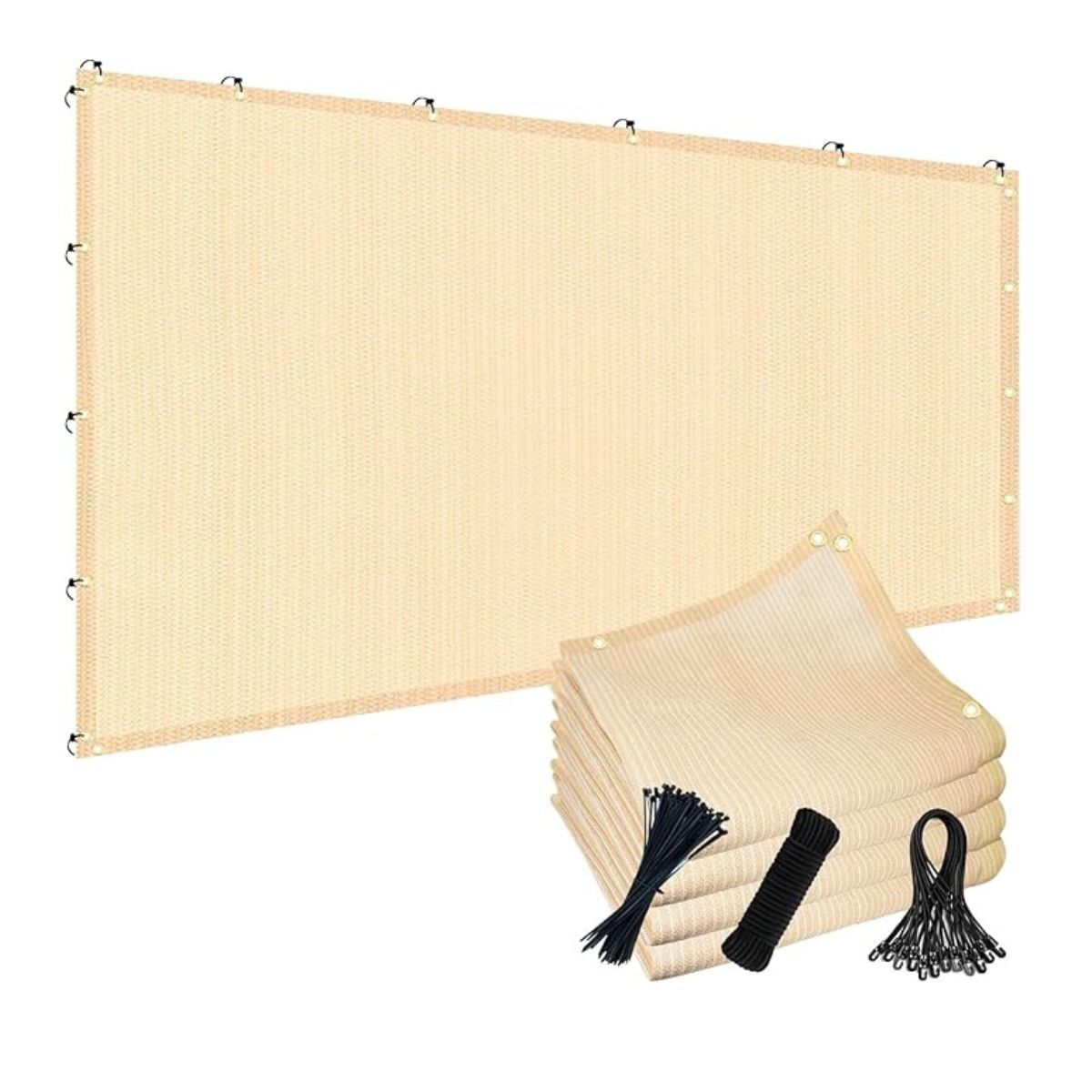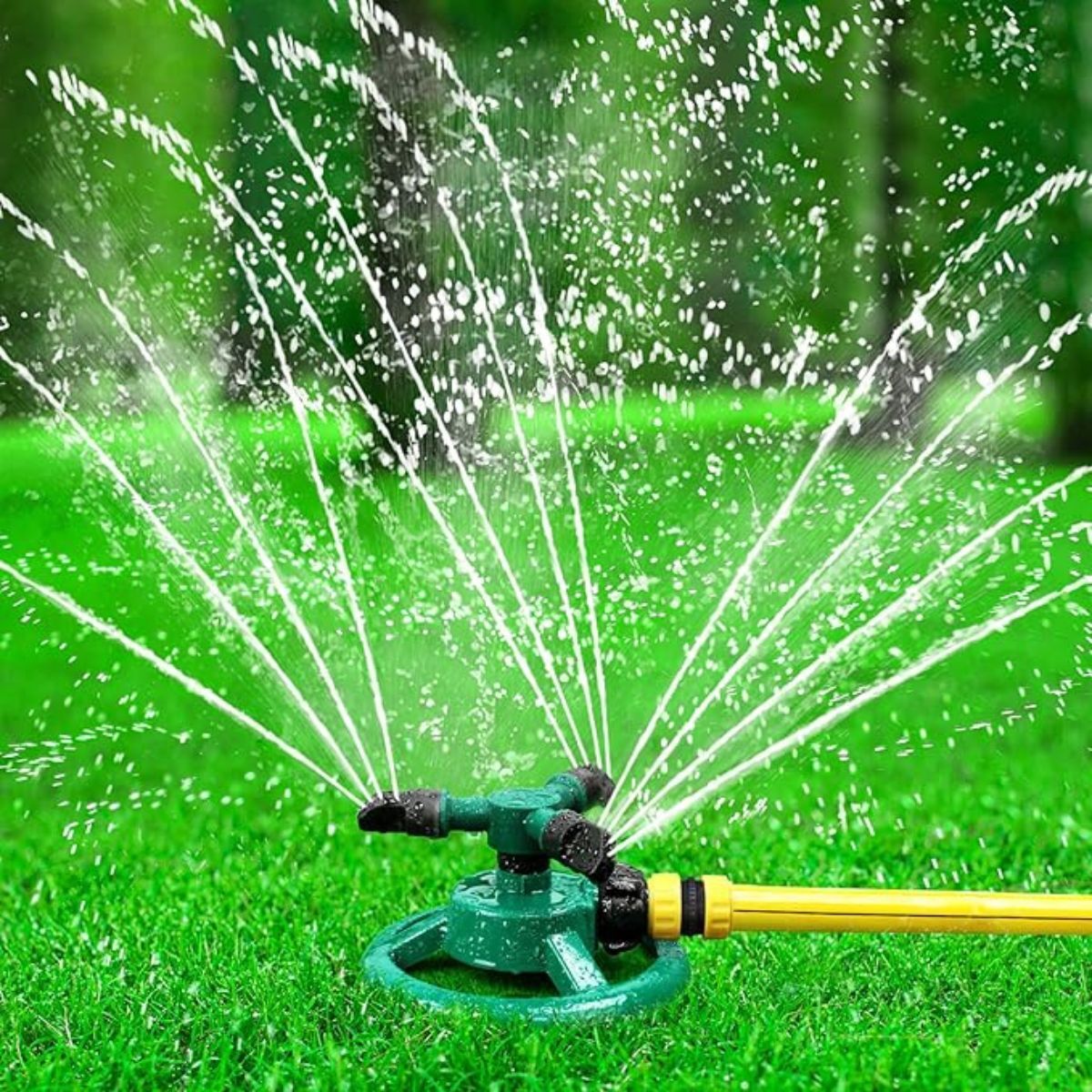7 things not to do in the garden in August – to save you money and regret
Save yourself money and hassle by ditching these August gardening jobs
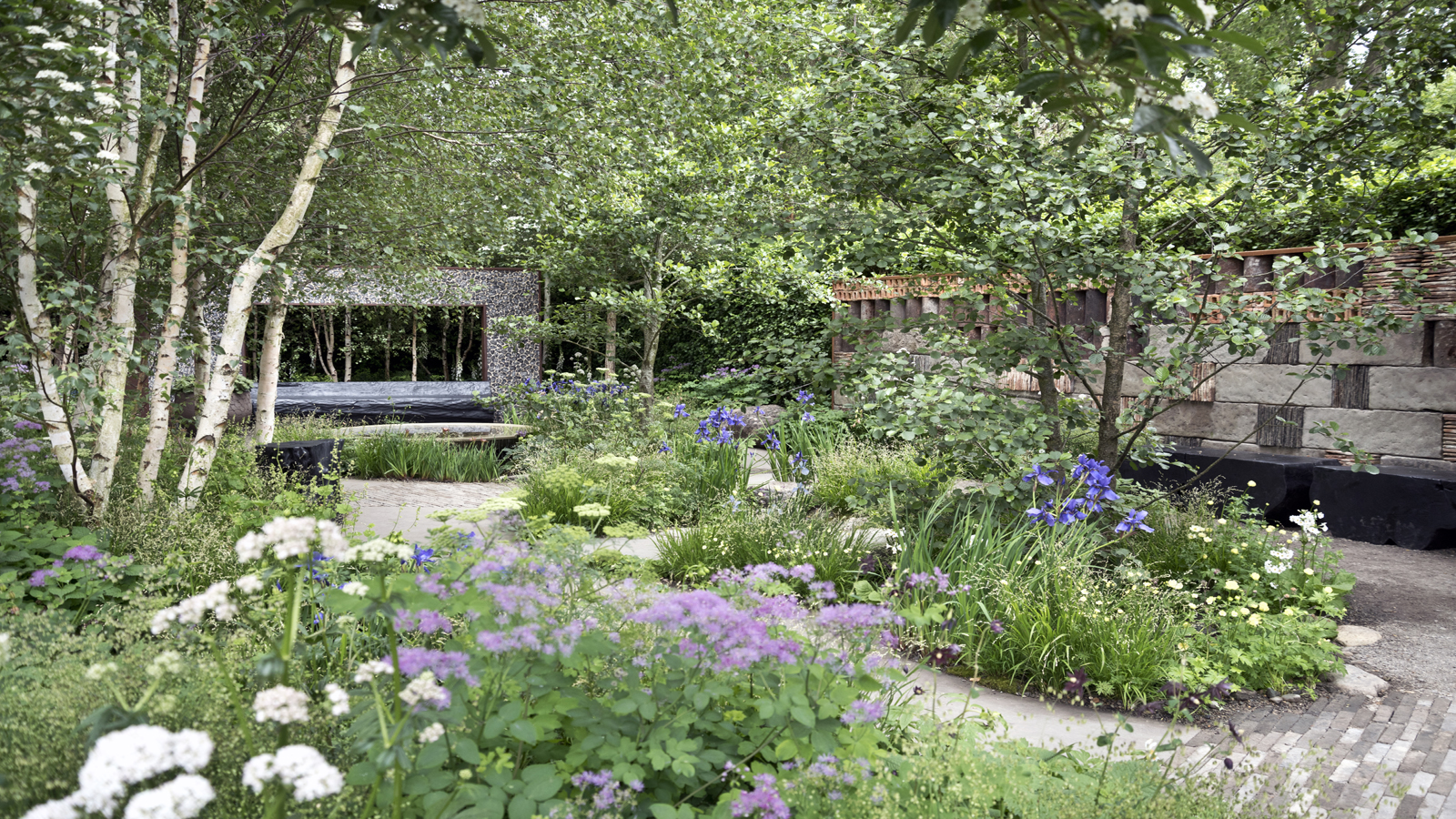
- 1. Don't prune camellias, azaleas or rhododendrons
- 2. Don't use insecticides whilst your plants are in flower
- 3. Stop deadheading roses, if you want rosehips to develop
- 4. Don't trim trees or hedges whilst still in use by resident wildlife
- 5. Don't remove all seed heads
- 6. Avoid digging any new beds
- 7. Order your bulbs, but don't be tempted to plant them early

As we hurtle towards the end of summer, the garden begins to slowly exhale from the flamboyance and theatre of high summer flowering. Although still very much a summer month full of things to do in the garden, August represents a shift of gear in the garden as it begins to hush, ready for the cooler months to settle in.
This end-of-summer feeling means many of us are quick to jump into gardening tasks that we ought really not do in the garden in August, at all. There are already so many gardening jobs on our summer gardening checklist to keep our hands busy in August, so don't be taken in by these gardening jobs that are best left untouched this month, as many of them might prove to be more of a hindrance than a help.
Here are seven things you should not do in the garden in August to save you money and regret.
1. Don't prune camellias, azaleas or rhododendrons

August is a month when many of us grab our trusty pruning shears and cannon into the garden to carry out some much-needed pruning. Though a word of warning: when it comes to the plants to prune in August, stay well away from your camellias, azaleas, and rhododendrons.
As soon as these spring-flowering plants finish their flowering at the end of spring, a flush of new growth will come through, and within that growth will be next year's flower bud.
It takes around 10 months for those buds to get to maturity. If you cut any of the foliage now, you would be removing all of the buds that will be next year's display.
2. Don't use insecticides whilst your plants are in flower
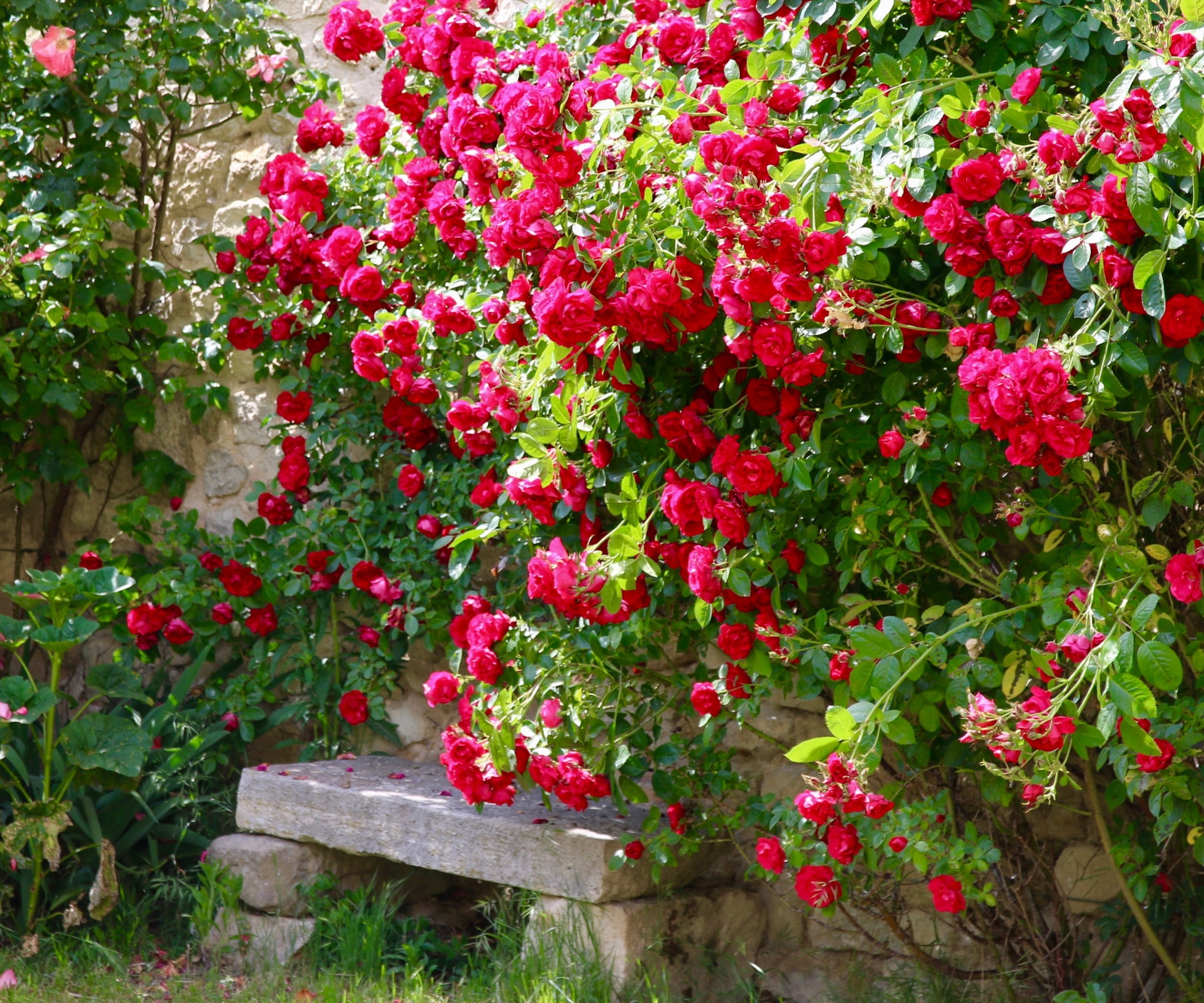
Although it is frustrating to see aphids and other pests scrambling over your beloved blooms, do not use any insecticide spray on your plants when they are in flower.
Design expertise in your inbox – from inspiring decorating ideas and beautiful celebrity homes to practical gardening advice and shopping round-ups.
When you spray your plants with these bug-killing chemicals while it is in flower, you are spraying bug-killing chemicals onto the plant precisely when it is being visited by beneficial pollinating insects. They, too, will ingest the toxins, and it will, in all likelihood, kill them.
If you simply cannot refrain from tackling an overwhelming aphid infestation, then it's best to use an organic homemade bug spray that is free from the toxic chemicals that commercial insecticides are full of.
Whether you make a homemade remedy or simply let nature run its course, the memo is clear: save your summer pocket money and never use insecticides while plants are in flower.
3. Stop deadheading roses, if you want rosehips to develop

Many rose varieties fruit into the most ravishing rosehips, but you will be hindering this natural process if you continue to deadhead roses in August.
Rosehips are the fruit of the rose plant. While it’s recommended to deadhead roses to promote more blooms, as the end of the blooming season rolls around, every rose left unpicked will develop hips in the fall after the flower fades away. By deadheading at this point, it will prevent the rosehip from forming.
So, avoid the time drain of deadheading roses that produce rosehips and do not prune them until the end of winter, in February or March.
4. Don't trim trees or hedges whilst still in use by resident wildlife
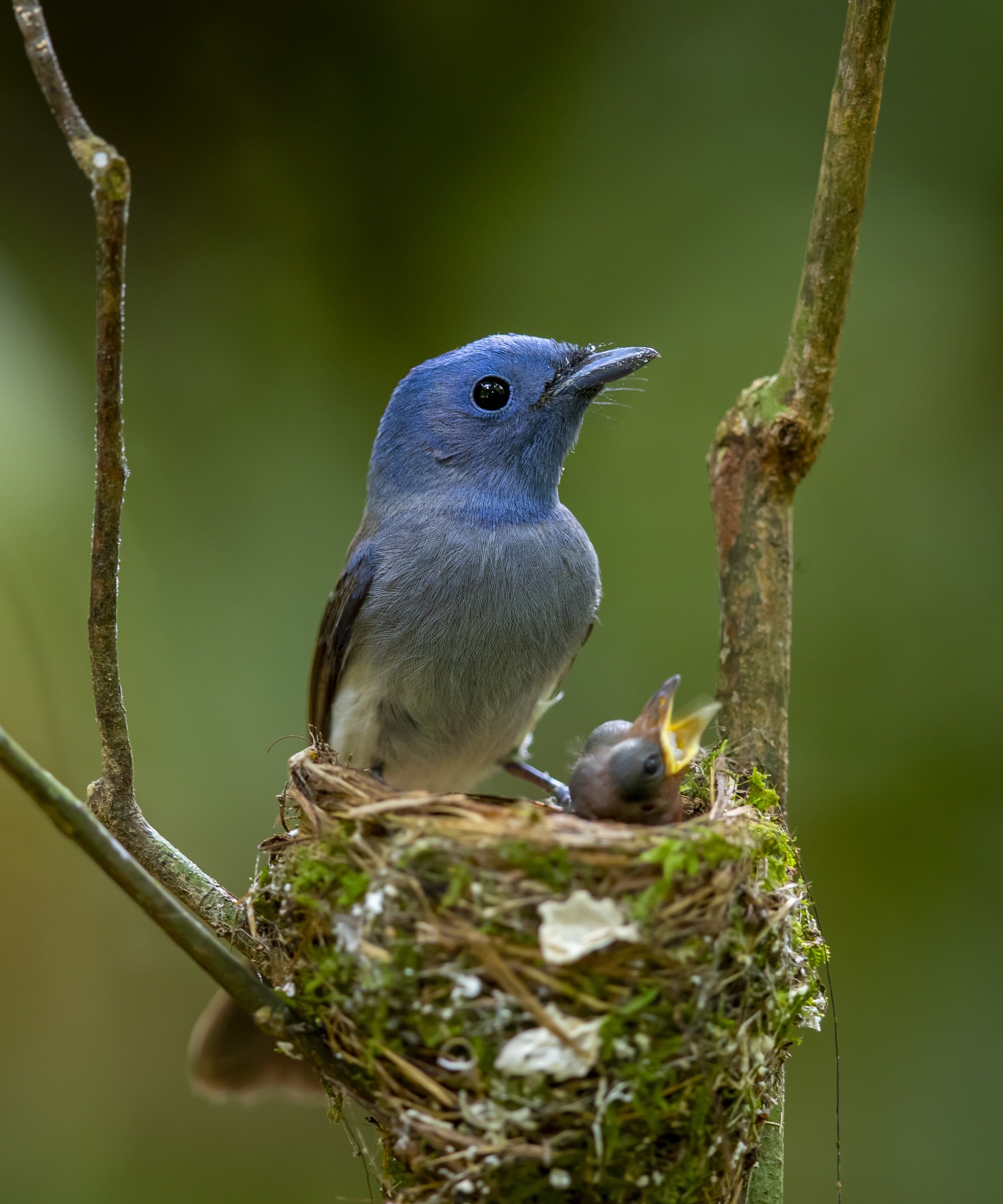
As soon as August hits, there is a crescendo of strimmers, electric pruners, and chainsaws, seemingly all at once, as if everyone is packing up the summer and calling an end to the fun.
When it comes to when to prune hedges, many think that by August, the vast majority of nesting birds have fledged, which, for many birds, is true. Though the breeding season has come to an end for many birds, for finches, wood pigeons, housemartins, and other late nesting birds, they still need space to raise their young, and pruning too soon may end in a disaster for them.
Be sure to thoroughly check your trees and hedges for any resident wildlife before thrusting your hedge trimmer blades into your hedges this August.
5. Don't remove all seed heads
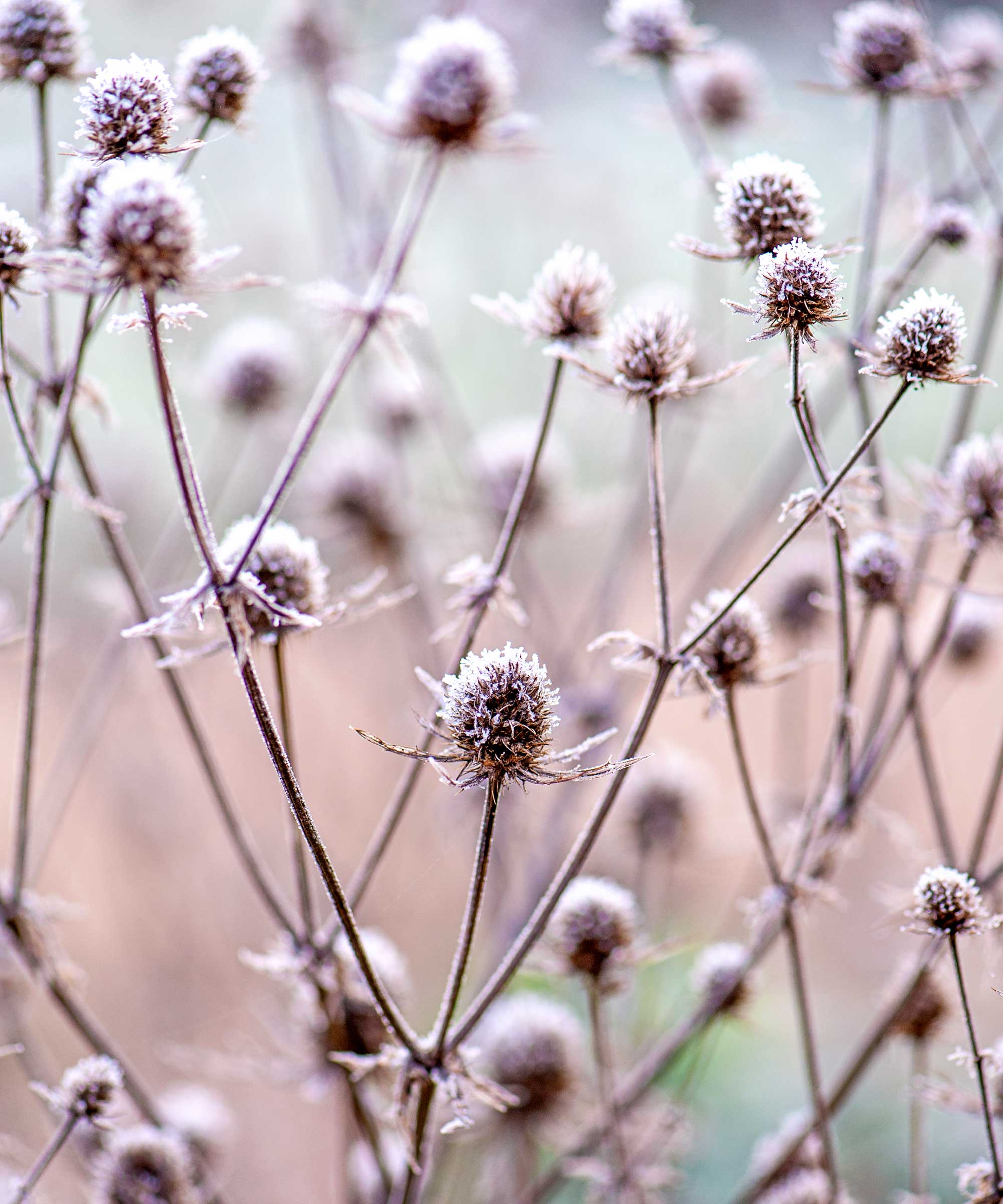
As the sun sets on summer, the cooler months are looming large. As flowers begin to fade, don't remove all the faded blooms and seedheads as you have been doing all summer long.
Keep some seed heads on plants such as verbena, sunflowers, and echinacea for birds and wildlife as fall sets in.
Not only is this great for wildlife gardening, providing much-needed nutrients for resident wildlife, but also for aesthetic purposes, as they provide much-needed winter structure in the garden, particularly when they have beautiful architectural seed heads on long stems.
6. Avoid digging any new beds
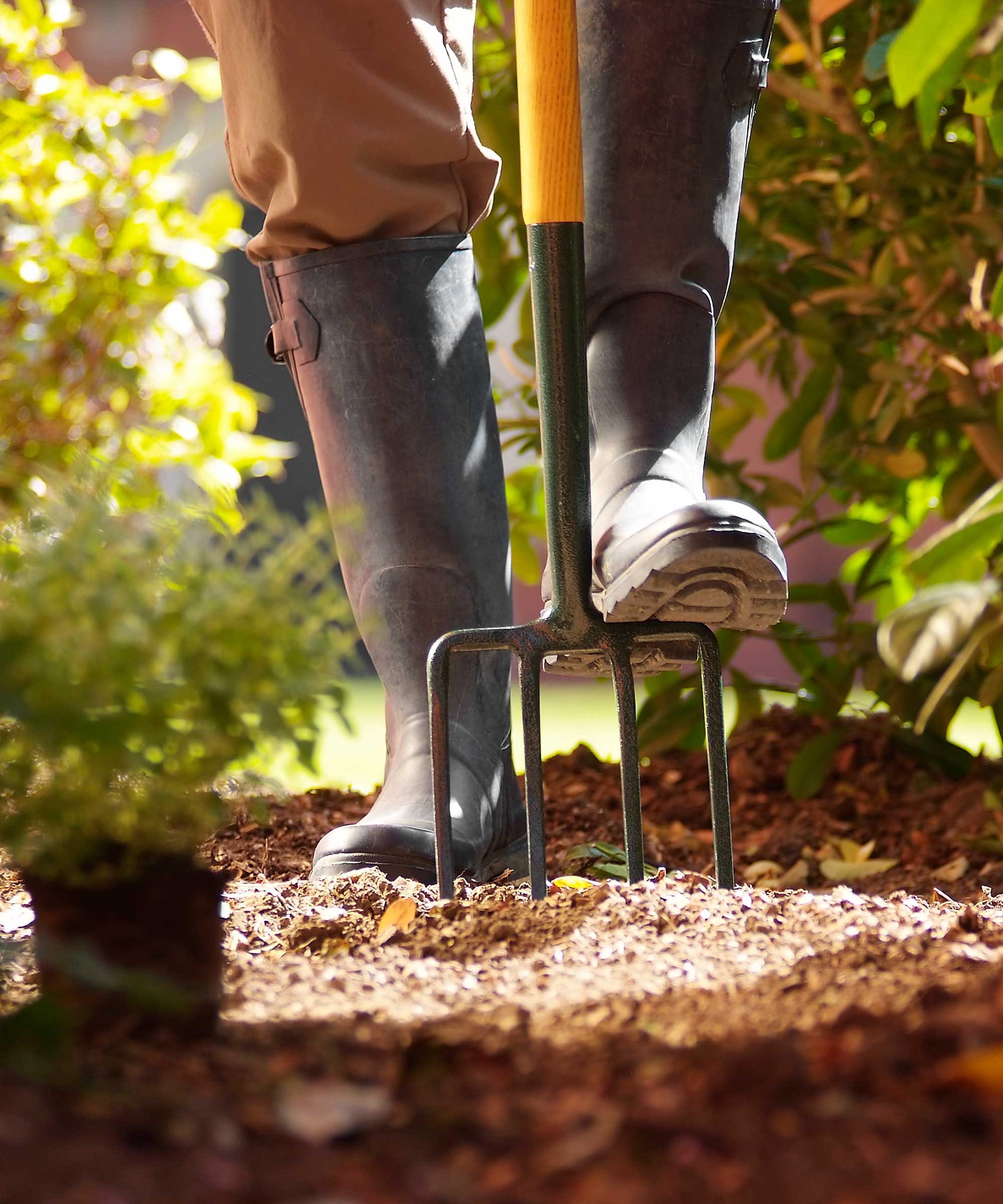
'I would avoid digging any new beds until September, as the ground is very hard in August, so it would be a lot of work,' says Head of Gardens here at Homes & Gardens, Rachel Bull.
Although August is a great month for many gardening jobs, if you want to create new garden beds, it is best to wait until fall or spring, when the ground is less compact from prolonged periods of dry, hot weather.
Whilst it is technically possible to create new beds in August, it can be extremely strenuous, and waiting just one more month could save you a great deal of time and energy.
7. Order your bulbs, but don't be tempted to plant them early

Now is the time when we start ordering our narcissi, fritillaries, alliums, tulips, and all our other favorite spring bulbs.
These should all be planted in the fall, and most definitely before the ground freezes, but there is a tendency amongst the uber-organized gardener to plant bulbs too early, as soon as they arrive in the post.
Although the nights are slowly drawing in and the temperatures may feel as though they're dropping slightly, the ground simply isn't cool enough to plant bulbs. Whilst it's a great time to buy your bulbs now, and there are some bulbs you should order in August before they sell out, planting them can result in deformities, premature growth that results in frost damage, and, in many cases, will stop them from growing at all.
We say: resist the urge to get the bulbs in the ground in August, and be as patient as you can. September is the earliest you should even think about planting bulbs, but October is preferable, especially if September is mild.
Shop August gardening essentials
By all means, head into the garden and get to work on bits and pieces this month, but on the whole, August is a month to sit back and enjoy the garden you have worked so hard on all year.
Remember to take a moment to take in the last few days of summer, and don't rush to usher in the next season too soon.

Sophia Pouget de St Victor is the UK Content Editor at Homes & Gardens, bringing readers the latest trends, expert insights, and timeless design inspiration tailored to a UK audience. With a background in luxury interiors and a qualification in Garden Design from London, she has a passion for creating spaces with character and emotional depth. Sophia gravitates toward interiors that defy definition, valuing individuality and effortless elegance. She lives in West London with her partner, two mischievous terriers, and a plump cat named Lettuce.
You must confirm your public display name before commenting
Please logout and then login again, you will then be prompted to enter your display name.

